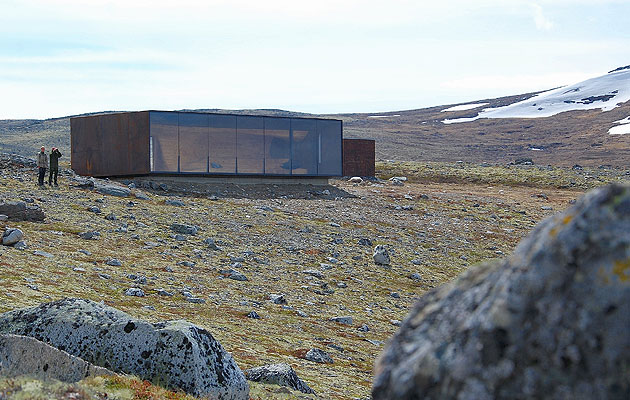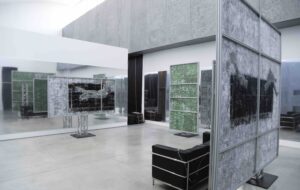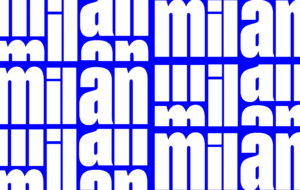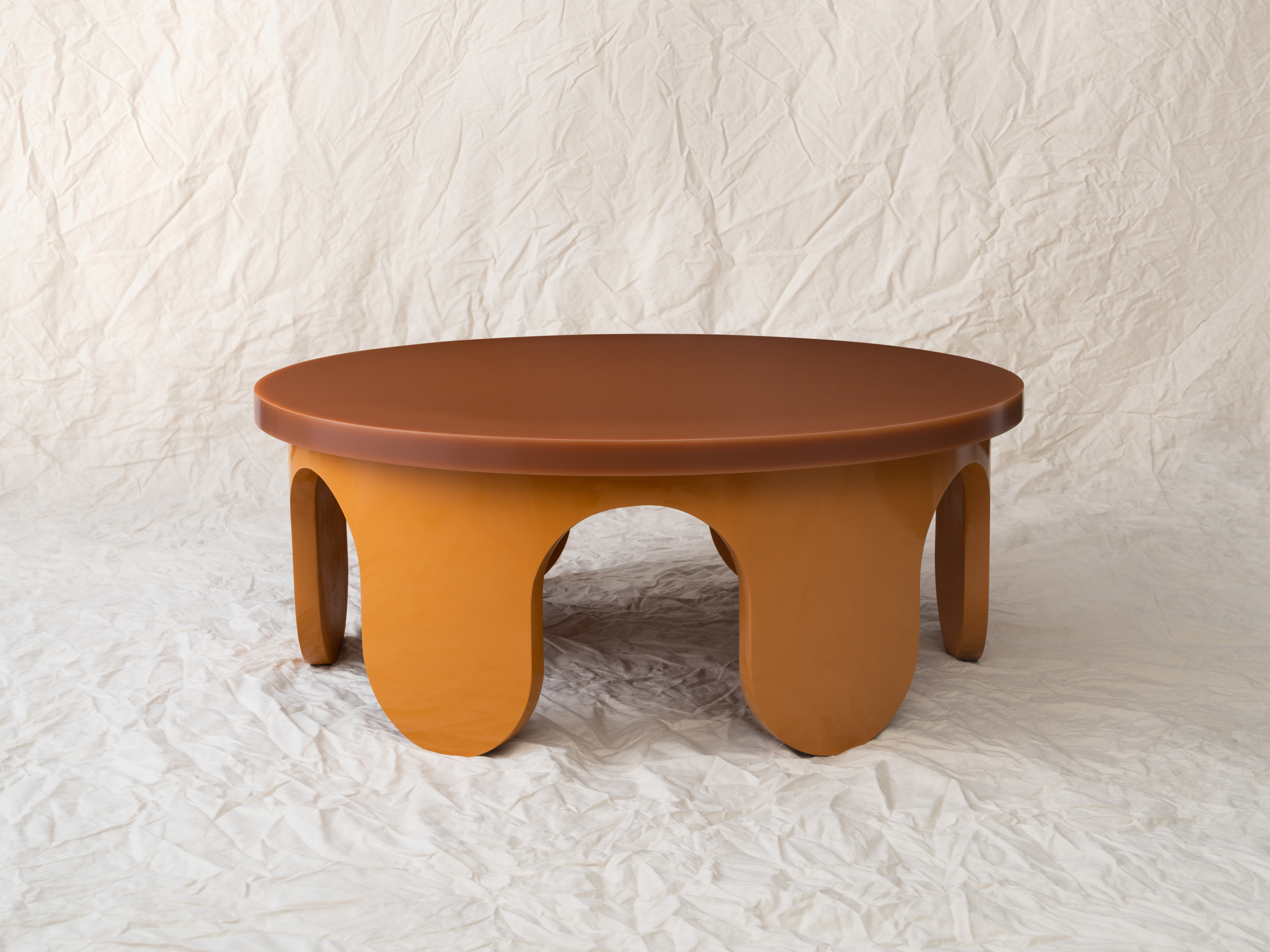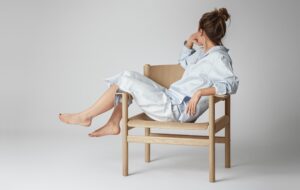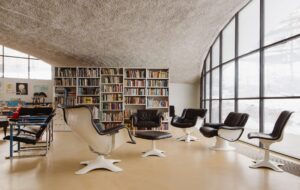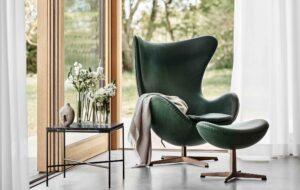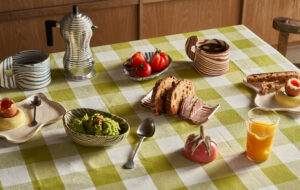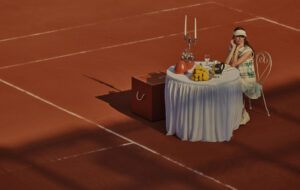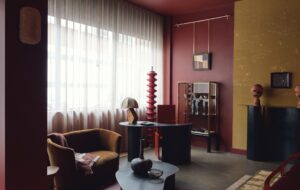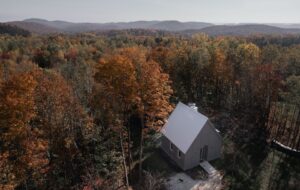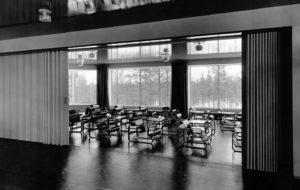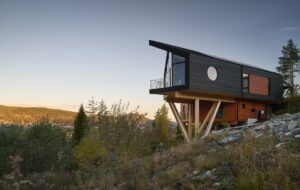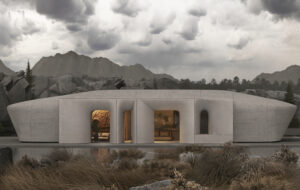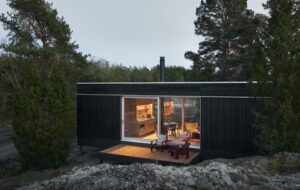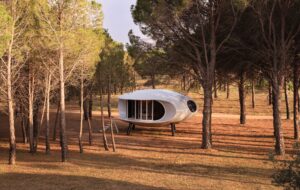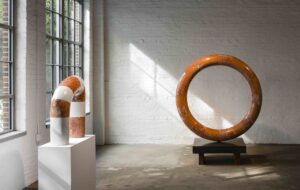|
|
||
|
Norwegian firm Snøhetta has made a striking addition to the mountainous landscape of Dovrefjell National Park. The Tverrfjellhytta pavilion, which stands at 1,250 metres above sea level, on the park’s outskirts at Hjerkinn, Norway, is a place for school groups and visitors to gather, shelter and learn about the area’s history. It’s also an observation point for wildlife – Dovrefjell is home to Europe’s last surviving herds of wild reindeer. “The place is really quite extraordinary,” says architect and project manager Knut Bjørgum. “We were very intrigued by its contrasts, the large scale of the mountains and the small flowers and plants.” The Dovrefjell mountains – Snøhetta takes its name from the highest of them – is regarded as a place of national legend, celebrated in folklore, poetry and music. “Our approach was to really get to know the vernacular architecture of this landscape,” Bjørgum says. “Using traditional building materials like wood but doing it with a modern twist.”
A clear tectonic language gives the pavilion its impact: a richly coloured wooden form with sculpted curves framed by a rigid steel and glass box. The core is made up of layers of timber 10 inches thick, formed into their organic shape using CNC milling techniques. “We used a robot to make a model of it in our office in Oslo and then sent the 3D files to a shipbuilder on the west coast of Norway to build it,” Bjørgum explains. “They have hundreds of years of experience building ships and they were the only ones we could find with the skills to work with wood in this way.” The layers are fixed together with pegs to make the overall form; the entire assembly is put together without screws or glue. The mixing of traditional craft with modern manufacturing is what makes the pavilion a particularly fascinating piece of architecture. Its 75sq m footprint, which evokes local houses, makes it a small but sensitive manmade intervention in a vast, wild setting. “It’s been really interesting to work with such a small building in such a big landscape,” Bjørgum says. “It’s more like a big piece of furniture than a small building. Like a big bench that you can sit in and be protected from the wind and snow.” |
Image Klaas van Ommeren
Words Riya Patel |
|
|
||
|
|
||


